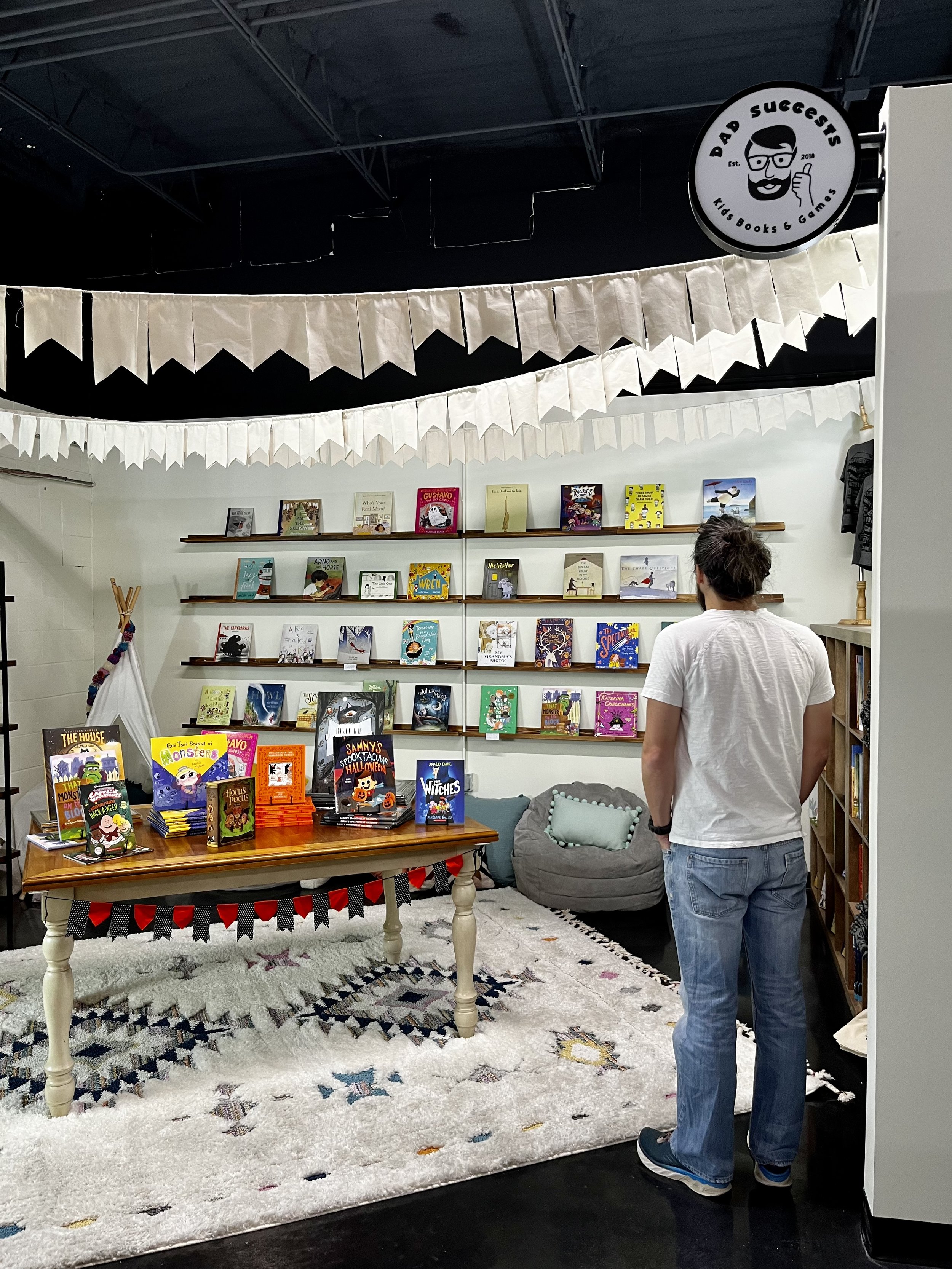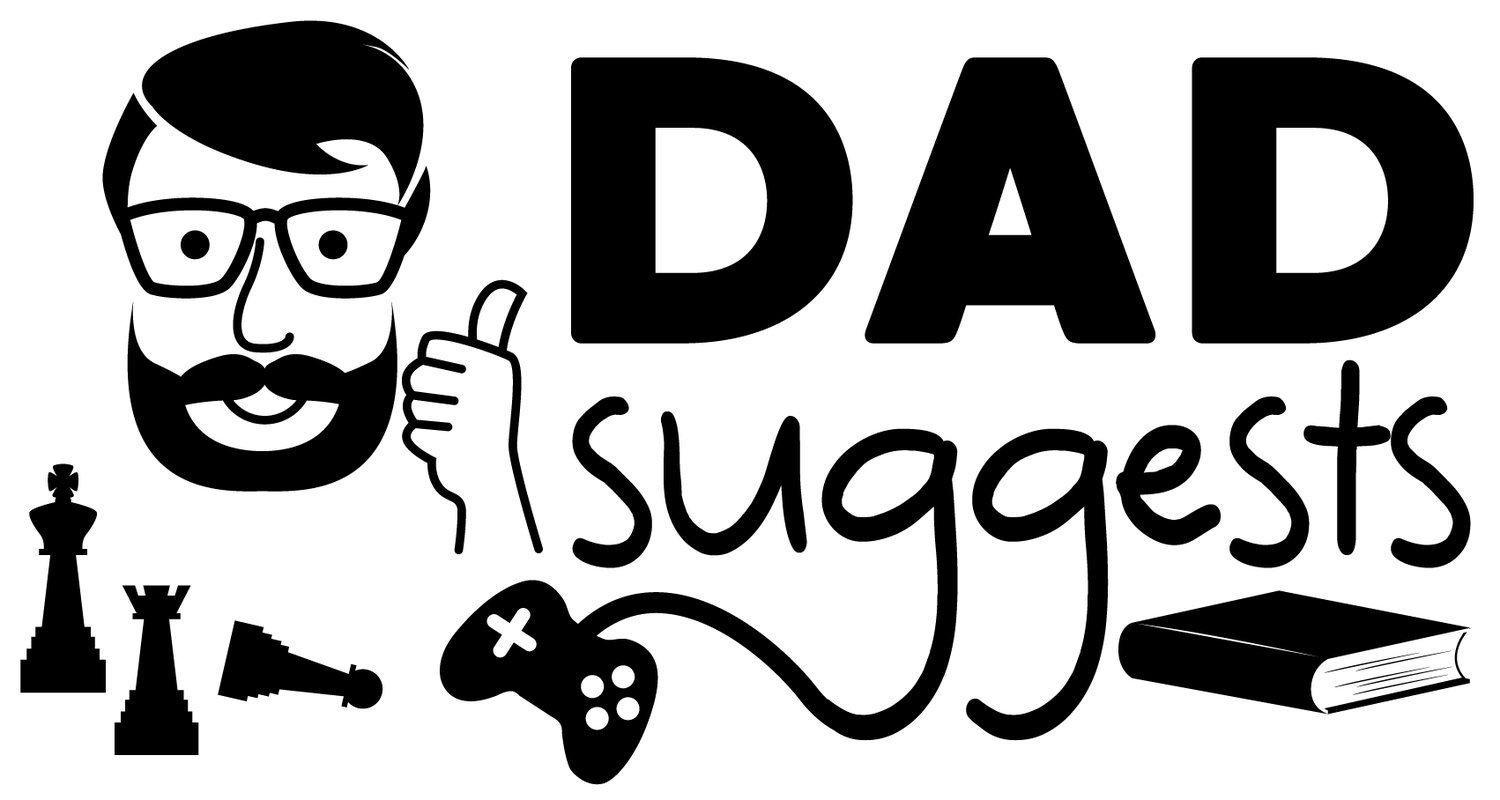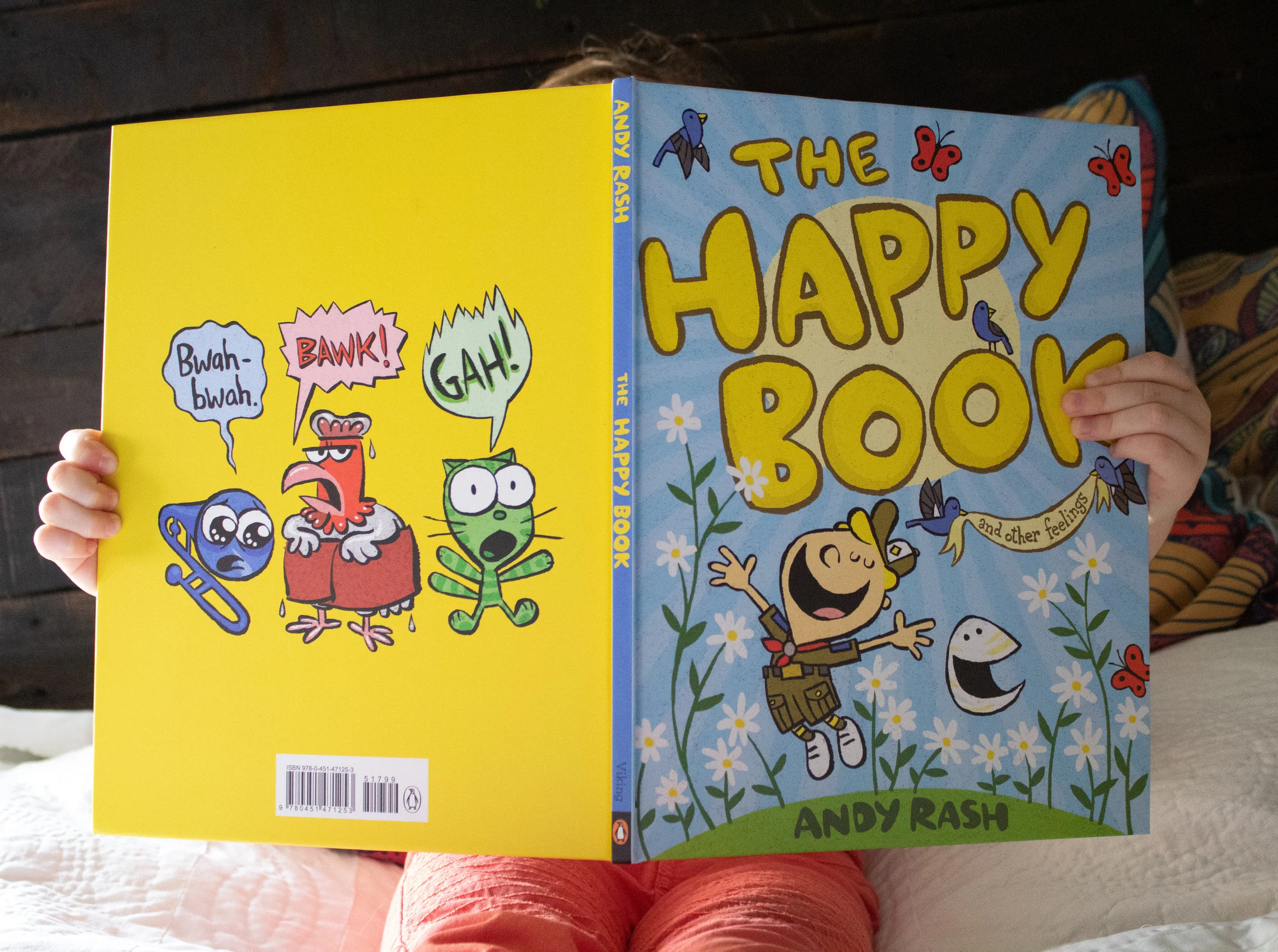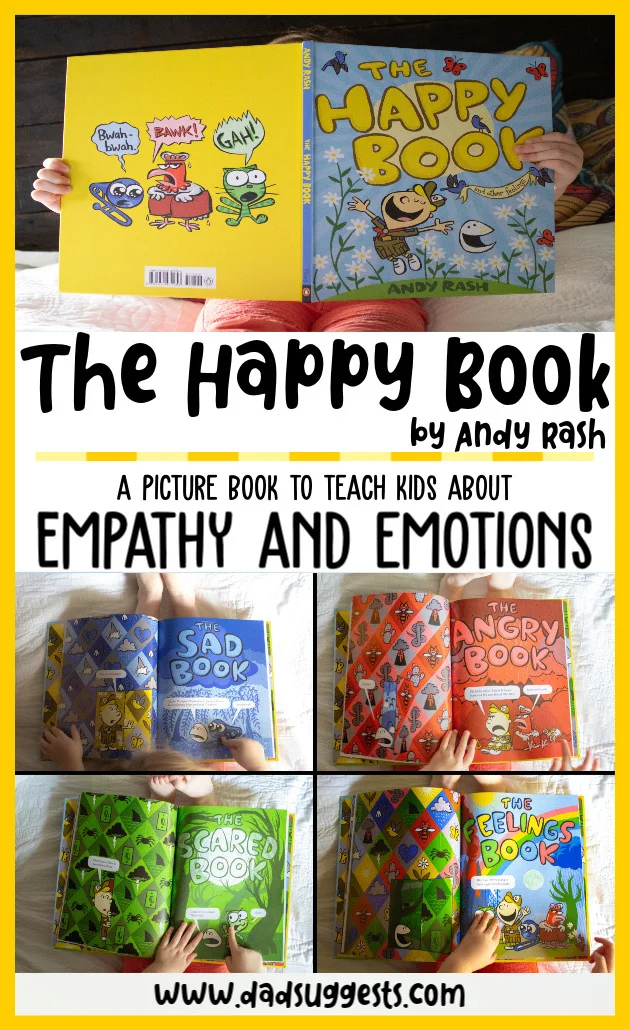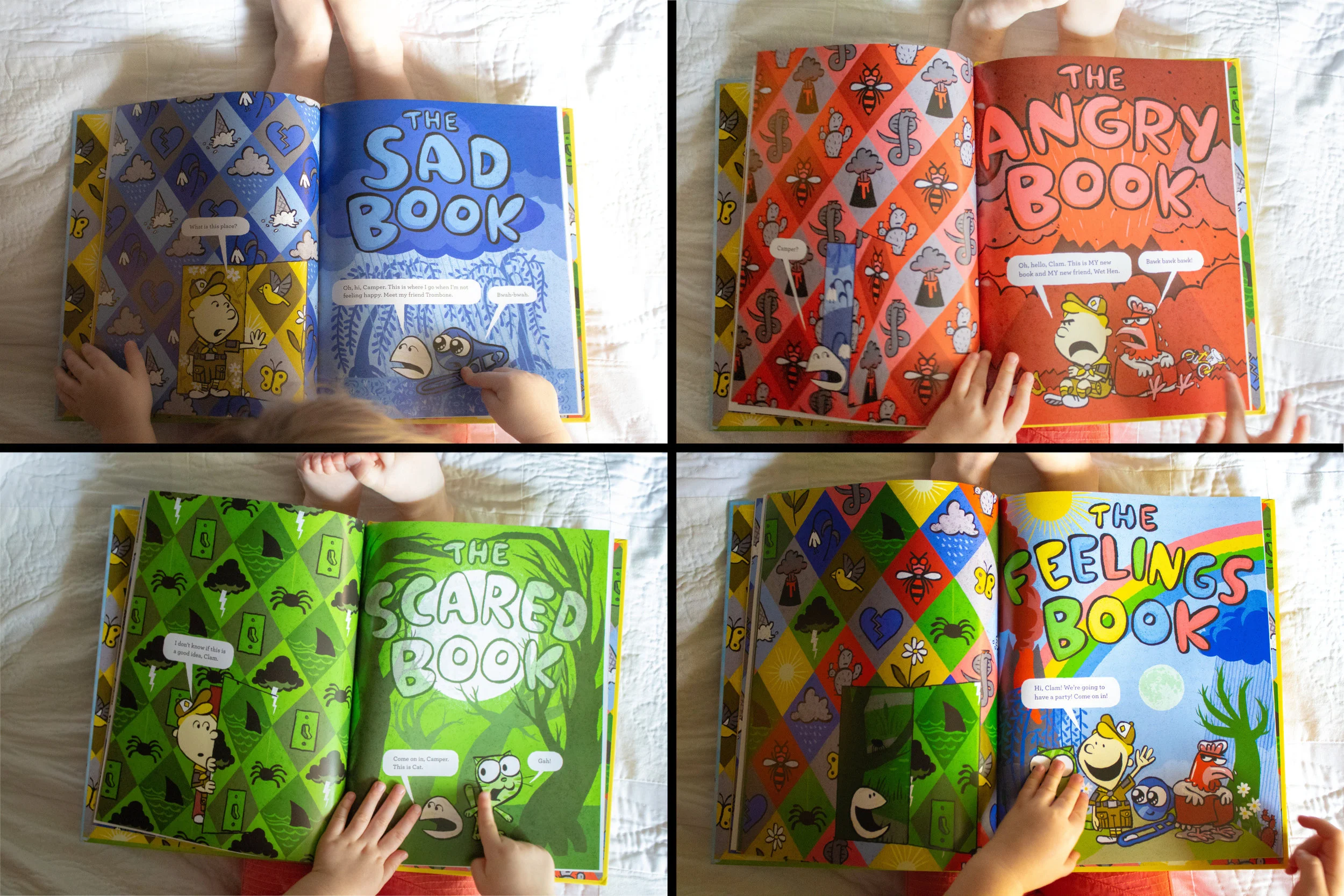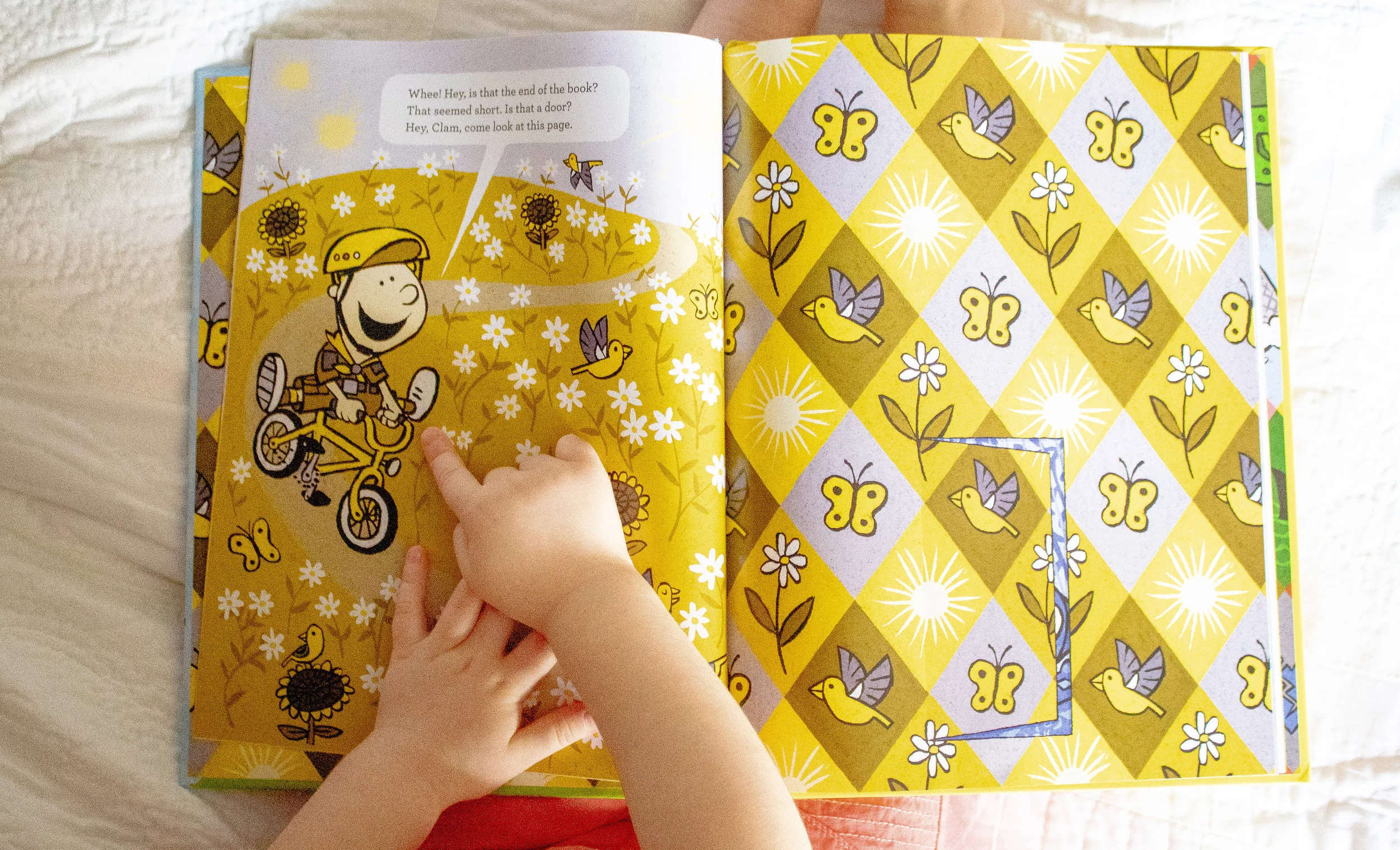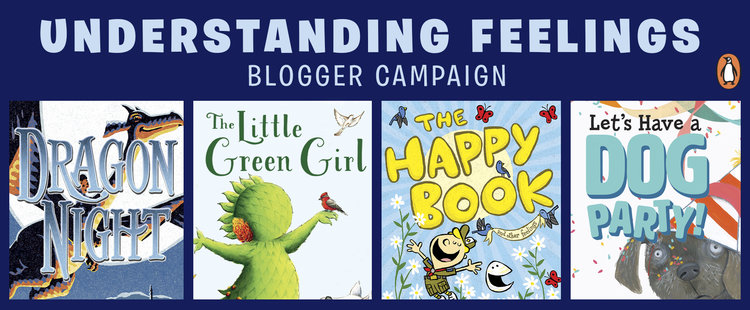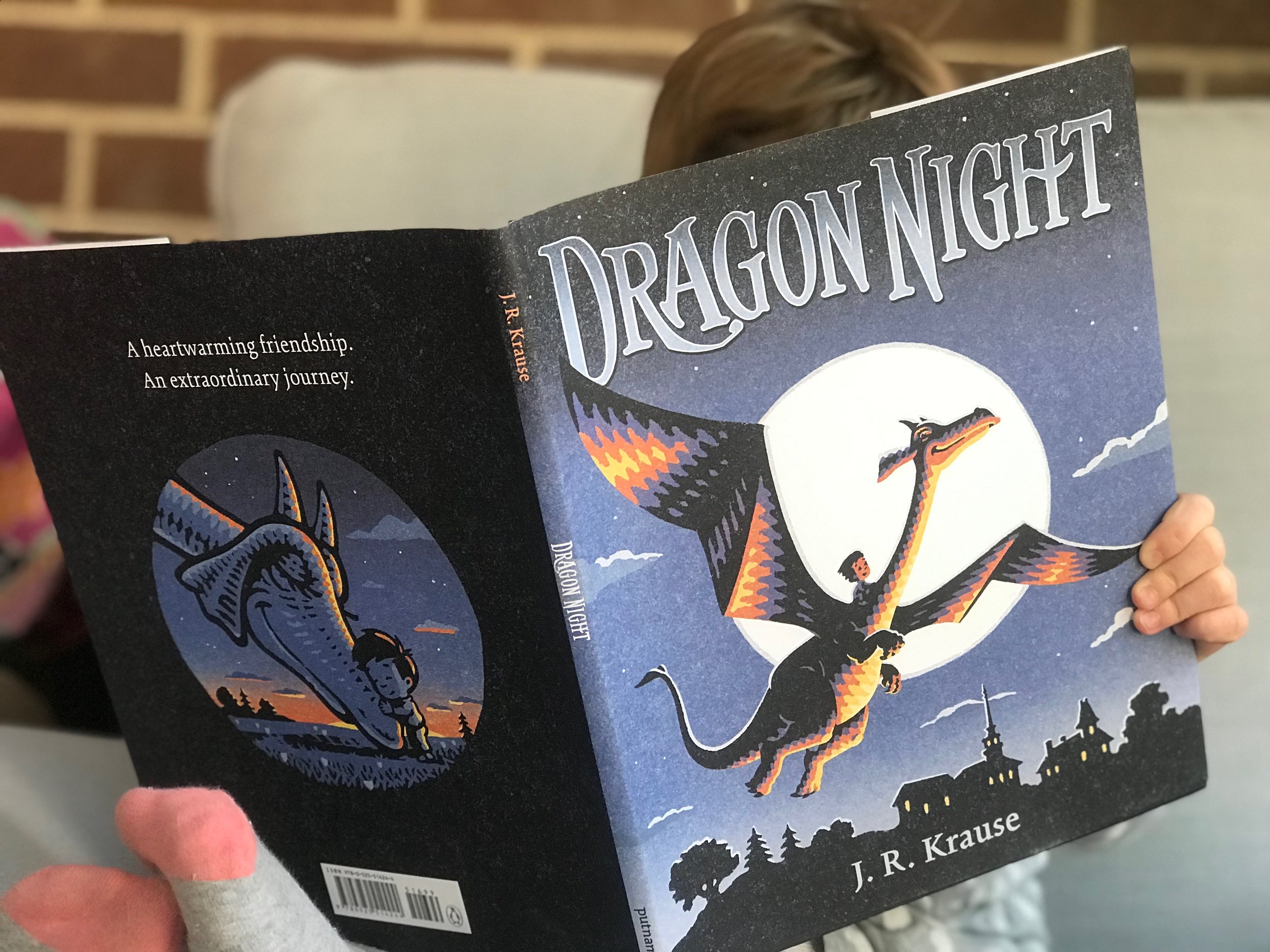How to Teach Empathy to Kids: The Happy Book by Andy Rash
I’ve mentioned before that I have one question I always ask my son’s teacher at parent/teacher conferences. I just want to know if he is nice to everybody. It’s really important to me. The prospect of my kids thinking they have the right to rob someone else of their happiness is enough to give me nightmares. And I also desperately want them to be aware enough of their surroundings to see unkindness taking place, and to stop bullying when they see it. My number one priority in parenting is to convince my kids how important kindness is.
Disclaimer: This article contains affiliate links. A copy of The Happy Book was provided to us by Penguin Young Readers to allow for this series of articles on how to teach empathy to kids. All thoughts and recommendations are our own. This article is part one of a four part series.
A good friend of mine recently pointed out to me that he always had the same question for his kids’ teachers too. But he had an important follow-up question as well, and he suggested I add it to my arsenal. “Are other kids nice to him?” In other words, is he happy?
Point well taken. This is definitely a very important follow-up question, and now I suppose we have two good things to talk about at parent/teacher conferences. The happiness of our kids is of course one of the most important things in the world to us. But I’m still going to ask them in that order - kindness #1 and happiness a close #2. Making that priority clear is a difference maker. We want you to be happy, but everybody deserves that happiness just as much as you do. We always have the power to make our own happiness, but thinking that you have the right to take someone else’s happiness is inconceivable.
Inconceivable is the perfect word for it too. I simply cannot conceive where unkindness comes from, or where the desire even begins. I find it 100% unrelatable. It’s absolute nonsense with no rhyme or reason in my brain, and I simply cannot explain it.
In my experience with both kids and adults who struggle with kindness deficit disorder, the common denominators often seem to be either pure unhappiness or a major lack of empathy. This is no earth-shattering scientific discovery, but unhappy people tend to want other people to be unhappy as well. And parents who don’t care to ask teachers if their kids are nice to everybody tend to raise kids who don’t think it’s important to be nice to everybody.
If you’re reading an article about picture books and teaching empathy to kids, I imagine your feelings aren’t too tremendously different than mine. But it’s worth pointing out that many of my students in the past who lacked empathy for their classmates had parents who thought they were incapable of doing wrong. Being kind was not the #1 priority of these parents, and it showed. Maybe it was grades, or maybe it was scoring touchdowns, but it certainly wasn’t kindness. So on the off chance that you’re reading this article and kindness is, say, your #4 priority - just realize that kids pick up on that subtle difference quite well.
I think that spreading happiness is just about as noble a cause as you can come across these days. So I’m very excited to begin a series of articles titled How to Teach Empathy to Kids - in partnership with Penguin Young Readers - in which I’ll explore four fantastic new picture books that help us do just that. The first book in this series is The Happy Book by Andy Rash - a very appropriately-named starting place.
If treating others with kindness is our main goal, I think we have to be intrinsically motivated to make others happy. We aren’t trying to groom psychopaths who always try to get what they want, and who only know what kindness is supposed to look like. (I’m looking at you, kid-who-only-apologizes-to-get-out-of-trouble). Children have to understand what it means to be kind, but also why it’s important to be kind. To do so, you have to understand how kindness feels, and what it feels like to be hurt as well. And kids aren’t just born with these experiences or the opportunities to reflect on them.
That’s why I love using picture books to expose kids to as many experiences as possible as quickly as possible. Books are truly incredible teaching tools - windows into the outside world and mirrors to look closer at ourselves. And one of the most mysterious and intricate subjects to explore and understand is certainly the wide range of human emotions. Talk about something we could all use a lot of extra practice with, am I right?
The Happy Book is an awesomely-imaginative exploration of feelings - happy, sad, angry, and scared. Of course I’m personally partial to scared. Not only is being scared my favorite feeling to explore, but it provides probably the best humor of the book as well. But The Happy Book gives all the feelings their time to shine. In fact, the official description of the book states that “maybe happy isn’t the goal” and “being a good friend is about supporting each other and feeling all the feels together”. I don’t know about you, but anything that uses the phrase “feeling all the feels” in its official description is alright in my book.
And this book has even more going for it, even on top of nailing that description. This is truly a very well-crafted cartoon. I love the illustrations and the character design, and the great way Rash uses colors to help tell the story. There are a handful of important characters representing each emotion - and they all have their own distinct charm. And since they’re basically caricatures of their emotions, it gives you a great chance to use a wide range of comical voices when reading aloud. It’s a rag-tag group of animals, people, and inanimate objects, and they’re so expressive and adorable - it endears them to us quickly.
The Happy Book starts out with the main characters Camper and Clam - best buddies in a happy-go-lucky world. It reads like a comic strip with word bubbles, because the entire thing is a conversation between friends. Since the entire point of the story is friends supporting each other - that structure works really well. But it doesn’t take long before things go wrong. Clam makes a cake for Camper, but he doesn’t get to eat any of it. That’s when he takes a trip to The Sad Book - and our adventure of emotions begins.
I don’t want to put words into my kids’ mouths, but as we travel from The Happy Book to The Sad Book to The Angry Book, I like to imagine they are thinking something like this: “I know that feeling. I’ve felt like that before.” Our son hasn’t seen me noticing, but sometimes he secretly and subtly practices his own mad face when we get get to The Angry Book.
On the path to empathy, familiarity with emotions and their names comes first. Then comes knowing what they all feel like, and understanding that other people can feel them too. And if we show our kids what it looks like and feels like to support each other in life - no matter what feelings we’re dealing with - we’re equipping them for all kinds of happiness and success. The Happy Book and books like it are invaluable tools for parents. I’m very grateful for artists who spend their time and effort helping us all raise children with kind hearts.
Make sure to check out these other articles from our series on How to Teach Empathy to Kids:
Dragon Night by J. R. Krause
Let’s Have a Dog Party! by Mikela Prevost
The Little Green Girl by Lisa Anchin
If you’re enjoying our series on teaching empathy with picture books, we think you’ll enjoy these articles too:
The Invisible Boy
Picture Books that Teach Empathy
Have you read The Happy Book yet? What’s your favorite book about kindness, happiness, feelings, and empathy? Let us know in the comments!
